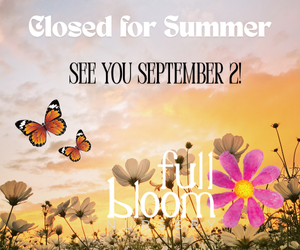Early February is the time we appreciate the delicate flower of the camellia. When our landscape is bare of color, when we are longing for warmth and spring flowers, we have their lovely, almost tropical blooms to sustain us. And in the dead of winter, what is more beautiful to the eye than a camellia dusted with snow?
The genus Camellia covers over 250 species. Two of these species most commonly found in Georgia are the Camellia sasanqua (sasanqua), the fall blooming varieties, and the Camellia japonica (japonica), varieties that are mid and late-flowering. In north Georgia, early (October-December) and late-flowering (March-April) varieties are recommended. Camellias that bloom in late December through February require more care and protection from harsh winter temperatures.
The varieties you choose to plant is the most important factor in growing camellias. If your selection is based on color, the blooming season, or growing habit, it is important to choose varieties that are suitable to our area. Purchase plants when in bloom and from reputable nurseries in the north Georgia. Select full, well-branched cultivars that are uniformly shaped. Choose plants with clear, bright green leaves, and vigorous foliage. Notice the growth pattern on the leaf and how it grows on the bush. The flower lasts only a few weeks, but the foliage is there all year-round. Avoid plants that have cuts, scares, or sunken, discolored areas (cankers) on the stems. Check for scale insects on the stem and leaf undersurfaces.
The American Camellia Society, located in Fort Valley, Georgia, recommends the new cold hardy varieties for our area. While we are in zone 7, these hybrids have proven to be hardy even for zone 6B, withstanding temperatures of -10° F with little or no damage. Please visit the American Camellia Society at www.camellias-acs.com for more information.
February Reminders for Lawn and Garden
· Plant annual seeds indoors. Plant roses and hardy woody vines like clematis and Carolina jasmine.
· Prune rose bushes.
· Fertilize fescue lawns now. Apply according to the soil test analysis.
· Control summer annual weeds in the lawn by using a pre-emergent this month. The time to apply is when the forsythia begins to bloom.
· Plant blueberries and fruit trees now.
· Check deciduous trees and evergreen shrubs for scale and other diseases.
· Continue pruning deciduous trees and evergreen shrubs. Shape boxwoods and junipers.
· Cut Monkey Grass now.
· Clean under camellia plants, removing dead blooms.
Kathy Seals - please visit my other article "Camellias in the Garden".
Email: [email protected]
Wednesday
August 13th, 2025
11:36AM








